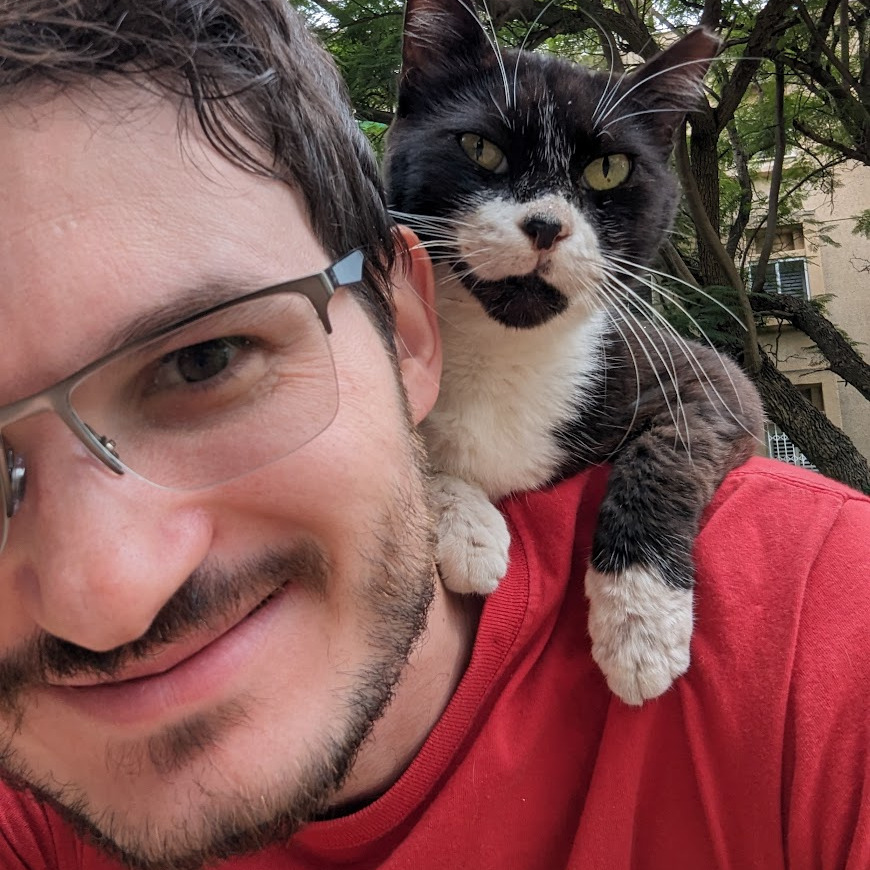AWS’s Block Device Mapping in CentOS
The Story
I’m using Amazon’s EC2 for some of my VMs, which run CentOS. When viewing Block Device Mappings (mapping between the virtual storage - ebs, ephemerals etc. and the block devices inside the VM) in CentOS 6.5, I ran into an annoying issue. When inspecting my instance metadata using:
curl http://169.254.169.254/latest/meta-data/block-device-mapping/ephemeral0
My ephemeral drive shows up as sdb.
However, when viewing my actual devices, I found it became sdf:
ls -l /dev/sd*
lrwxrwxrwx. 1 root root 4 2014-12-10 13:09 /dev/sda -> xvde
lrwxrwxrwx. 1 root root 4 2014-12-10 13:09 /dev/sdf -> xvdf
lrwxrwxrwx. 1 root root 4 2014-12-10 13:09 /dev/sdg -> xvdg
This means I can’t rely on the mappings for my scripts, meaning I can’t easily differentiate between ephemeral drives (fast, free and get wiped every time the instance stops) and EBS drives. Pretty problematic.
Red herrings
I found a udev rule in /etc/udev/rules.d/99-ami-udev.rules, which looked like
KERNEL=="xvd*", PROGRAM="/usr/sbin/ami-udev %k", SYMLINK+="%c"
Which led me to /usr/sbin/ami-udev
#!/bin/bash
if [ "$#" -ne 1 ] ; then
echo "$0 <device>" >&2
exit 1
else
if echo "$1"|grep -qE 'xvd[a-z][0-9]?' ; then
echo sd$( echo ${1:3:1} | sed "y/[e-v]/[a-z]/" )${1:4:2}
else
echo "$1"
fi
fi
which led me to read about seds “transliteration”.
All for nothing, because the problem wasn’t there
The true issue
For reasons I don’t completely understand (I’m sure they’re valid, I just don’t understand them), RHEL guys decided to change xen_blkfront, the module in charge of loading virtualized Xen hard drives.
This Bugzilla entry points out the issue - virtual SCSI devices (which is what Amazon is using) are now starting at “e”, meaning the first device is xvde (rather than xvda).
While not an issue by itself, Amazon’s metadata service is unaware of this change, causing the metadata to disagree with the real data.
The road I didn’t take
The first solution that I tried is to modify the parameter mentioned in the entry (sda_is_xvda) to cause the kernel to start naming the devices in the “right” order.
This method has the following steps:
- Make sure nothing depends on the current block device names
-
Add an entry to
modprobeto change the parametersda_is_xvdato 1.
I did it using:::bash echo options xen_blkfront sda_is_xvda=1 | sudo tee /etc/modprobe.d/xen_blkfront.conf -
Rebuild the kernel image (since this is part of the image)
:::bash sudo dracut -f - Reboot and check for modified drives
I chose not to do this because I didn’t want to customize my kernel if I didn’t have to, not to mention mandating a reboot before continuing my setup.
The road I took
While less elegant, I’ve decided to compensate for RHEL’s nonsense in my scripts.
It’s not that complicated (echo sdb | perl -p -e 'substr($_,2,1)=~tr{a-j}{e-p}' prints sdf), but I needed a way to make sure the server has this “xvde is the first iscsi device” configuration before compensating for it.
My solution to this issue was to compare this (root drive as seen by AWS):
r=$(curl -s http://169.254.169.254/latest/meta-data/block-device-mapping/root)
echo ${r: -2:1}
to this (root drive IRL):
mount | perl -nae 'print substr($F[0],-1),"\n" if / on \/ /;'
If these results are different, that means that AWS and our OS aren’t seeing eye-to-eye, and we need to compensate.
Bonus - Chef test
This is my real implementation in Chef:
aws_root=node[:ec2][:block_device_mapping_root][-2,1]
real_root=`mount`.split("\n").select{ |i| i[/ on \/ /]}.first[/^([^ ]+[a-zA-Z])\d? /,1][-1,1]
block_diff=(aws_root == real_root) ? nil : real_root[0].ord - aws_root[0].ord
